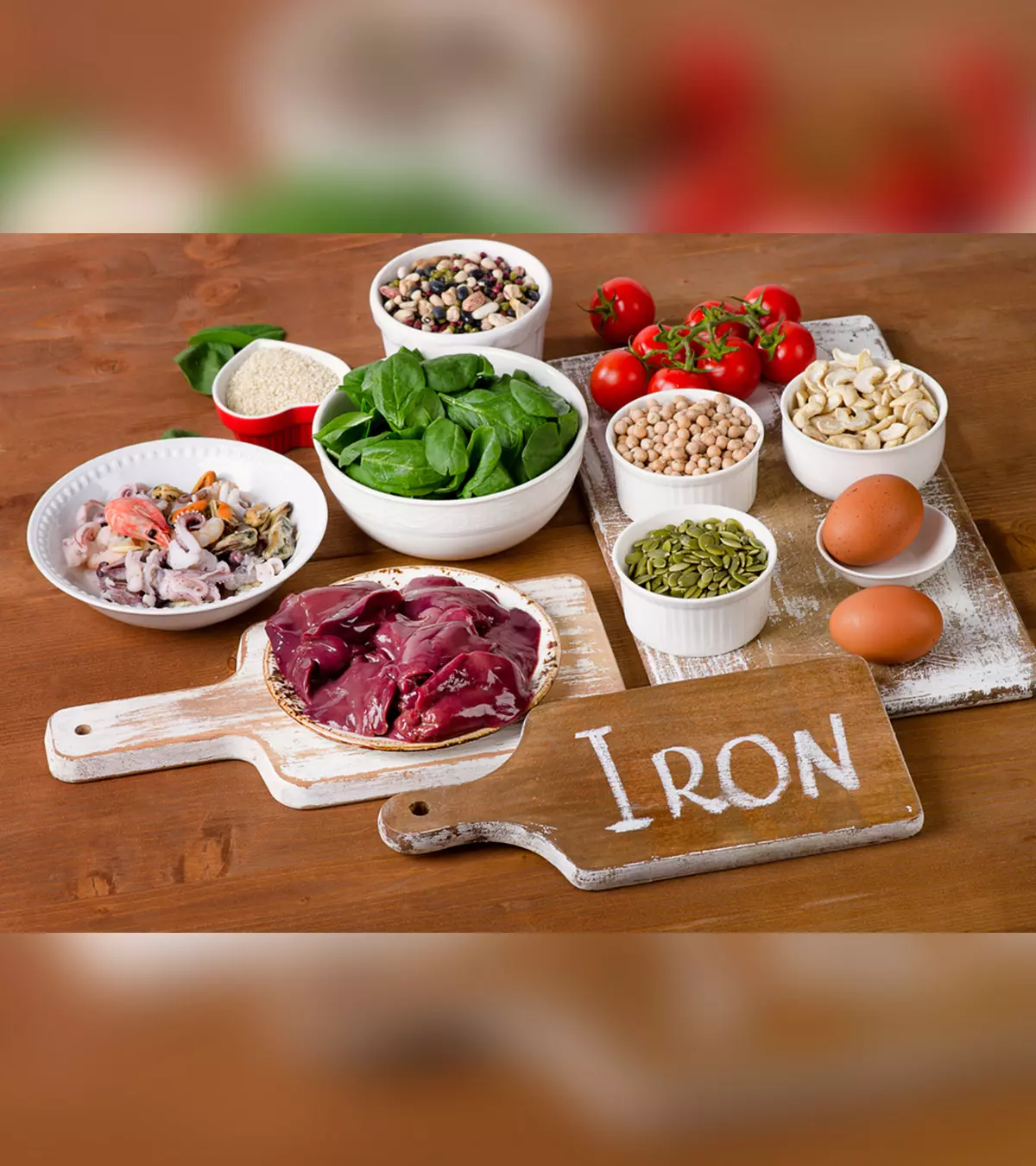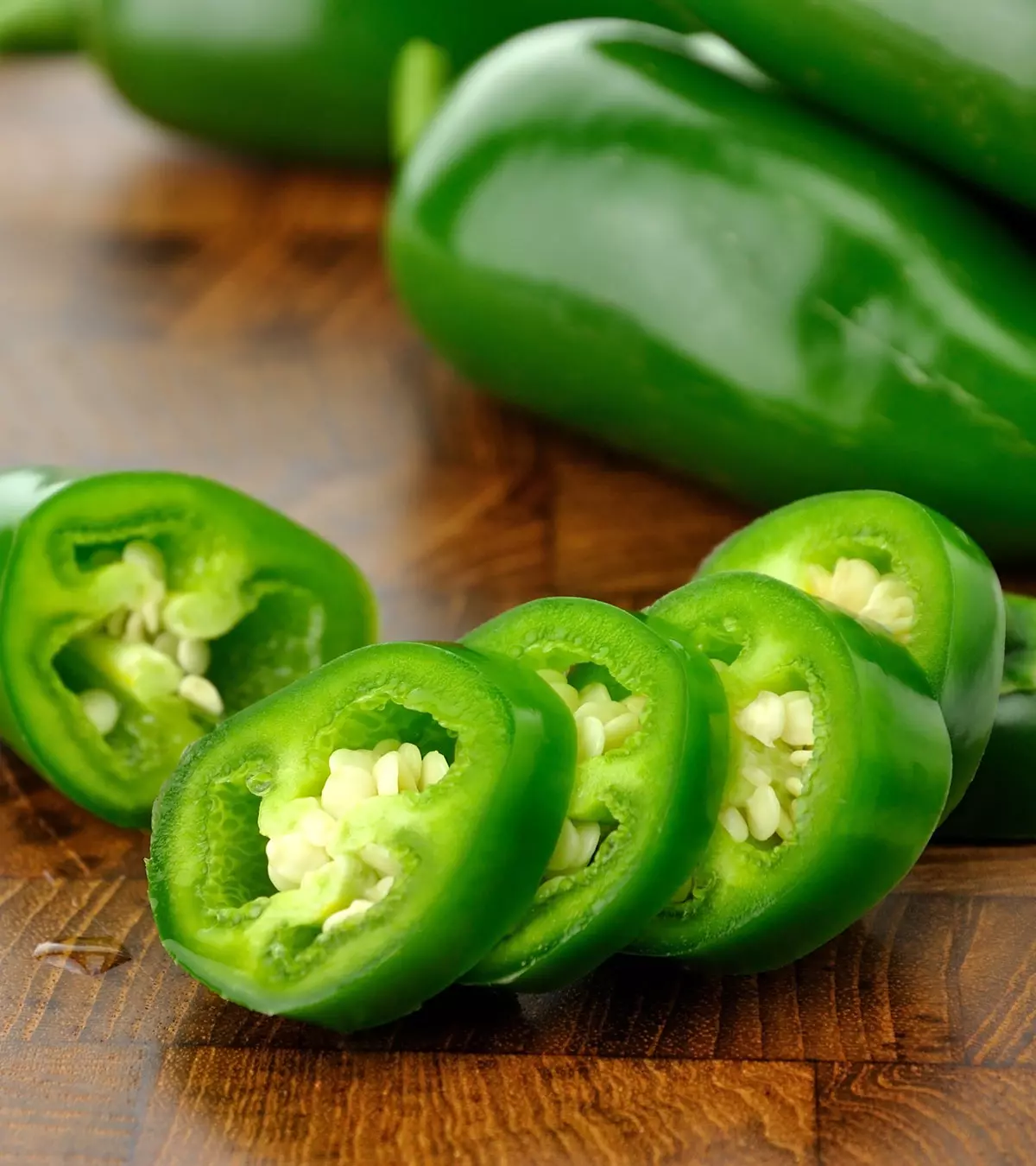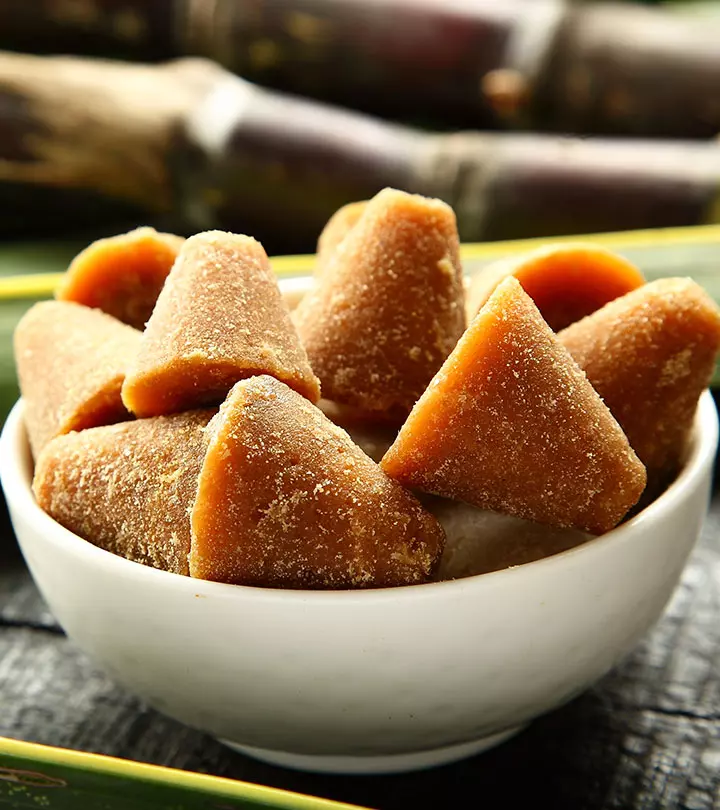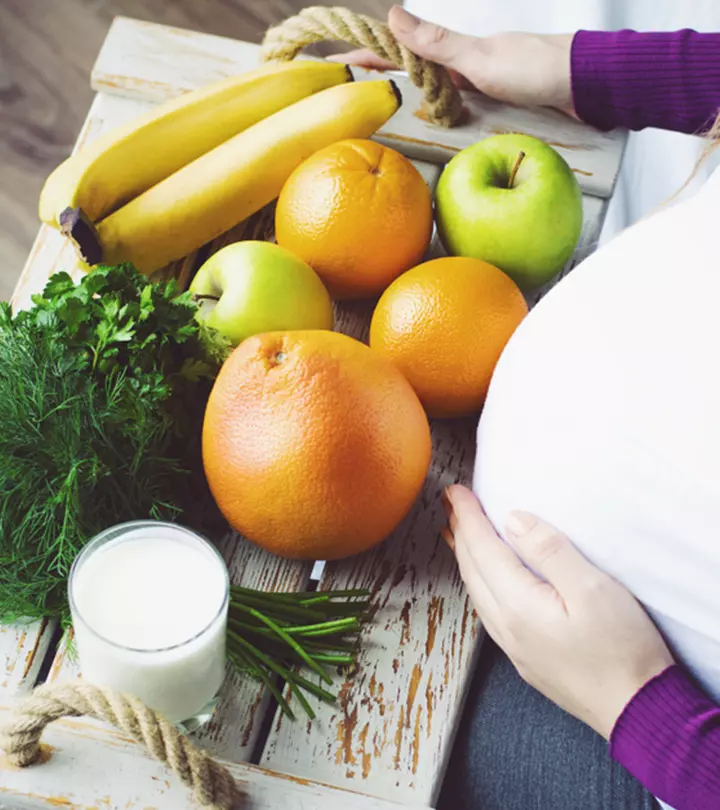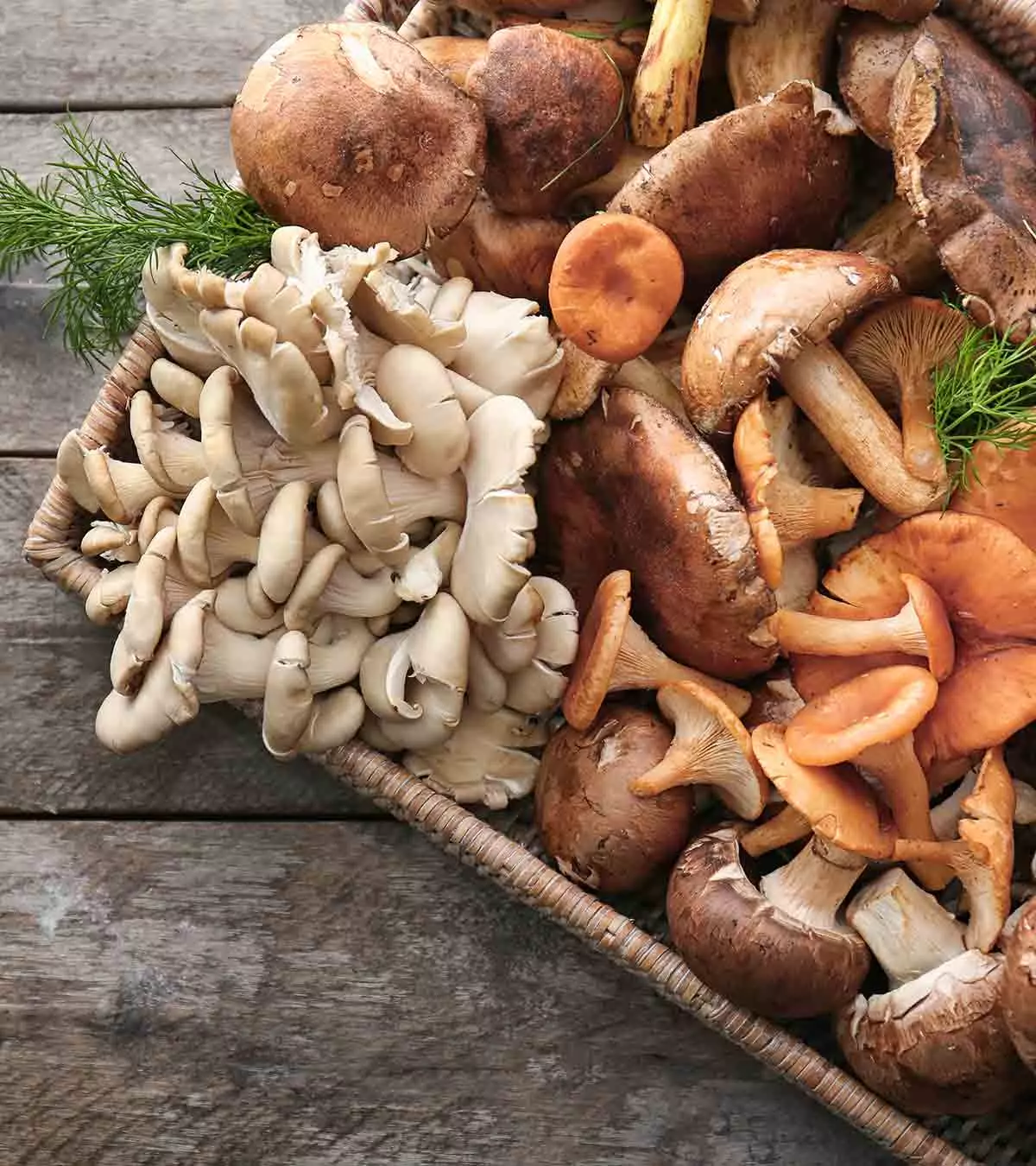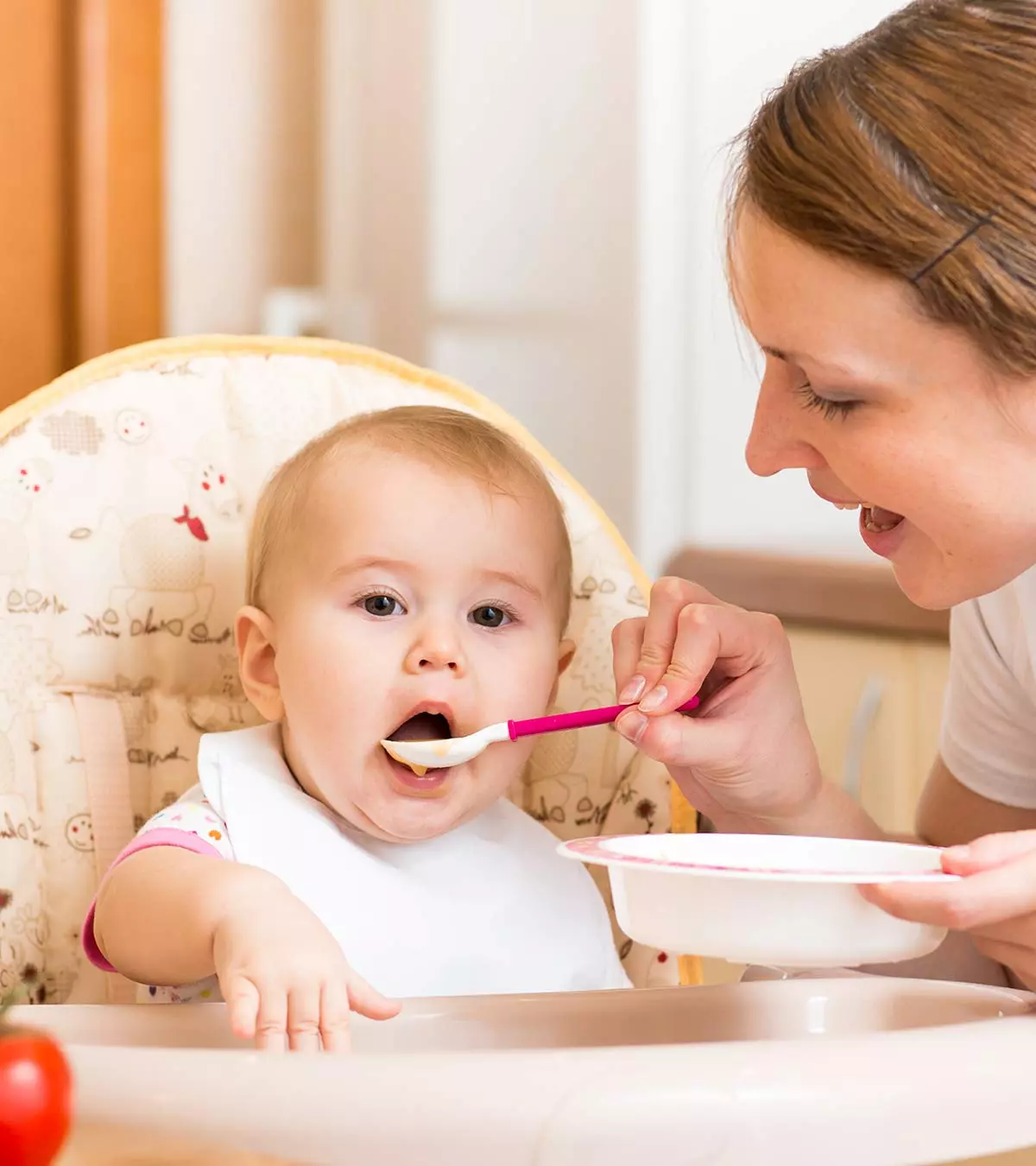
Image: ShutterStock
You are thinking of weaning your baby off of breastfeeding and introducing solid foods to them. So, what are the best baby weaning foods to give them? In this post, we will assist you in answering this question. Weaning is the process of gradually transitioning your baby’s nutrition from breastfeeding to other foods such as formula milk, and solid foods.
Because you are the one who knows your child the best, the decision to wean your baby is absolutely personal. When considering weaning your infant, it’s crucial to consult with your child’s pediatrician to determine whether or not they’re ready. This is significant because the baby’s digestive system has not yet developed to its full potential; feeding solid meals or other foods too early may result in unforeseen complications (1).
So, what foods should you feed your infant to help them with their weaning? Read on to learn about the basics of baby-weaning, a list of foods you may feed your baby, and some tips on making it comfortable both for yourself and your little one.
Key Pointers
- Weaning is a natural process in babies where they transition from breastfeeding to deriving nutrients from formula and solid foods.
- Babies generally start weaning between 4 and 6 months of age.
- During weaning, babies should have developed hand-eye-mouth coordination, be able to sit up, and swallow food.
- Solids such as fruits, vegetables, juices, soups, legumes, and eggs should be provided to the child during weaning.
When Is The Right Time To Wean?
This is probably the biggest question that may pop up in a new mom’s mind-well, over the years, there have been remarkable changes in the guidelines put down by experts that could help you determine the right time for your baby to start off with solid foods.
In general, it is advisable to start weaning your baby off breast milk once he/she reaches between 4 to 6 months of age (1). Babies born pre-term should be fed breast milk until they are 6 months old. Your baby’s digestive system may often give you some clues about when he’s ready to start off with some solid foods. Here are some typical signs and symptoms that may signify it’s now time to start weaning your baby off breast milk (2).
- Your baby is now able to sit straight and hold his head straight.
- Your baby has developed coordination of his hands, eyes, and mouth- he can now look at food, grab it, and try to eat it.
- Your baby is able to swallow food- you will find that your baby doesn’t make a lot of mess and throw food out of his mouth when he tries to eat.
- Your baby reaches for food and shows interest in eating during family meals.
Melly, a mom from Japan, talks about her experience with introducing solid foods to her baby girl, “My baby was six months old when she started taking a strong interest in food, showing cues of wanting to participate in family dining during meal times. I placed food in front of her during our dinner and made no effort to force anything near her face. My baby observed while my husband and I ate and eventually started putting food in her mouth. In less than two weeks, she became a little champ in grasping food with her hands and scooping with her little wooden spoon (i).”
Alex Evink, a registered dietitian from the Detroit Metropolitan Area, suggests, “Baby-led weaning is becoming increasingly popular as it promotes self-regulation and self-feeding, exposing babies to diverse textures and flavors early on, which can help prevent picky eating. Some pediatricians, particularly those less familiar with the research, remain cautious about recommending this method. However, many are getting on board with it as well!”
 Quick tip
Quick tipConsidering Early Weaning
If you’re trying to wean your baby early, whatever may be the reason, remember- it poses several health problems for your baby. Here are some important tips and tricks you may need to know.
Never ever try to add solid foods (like rice) to your baby’s milk bottle (3).
If your baby was born pre-term, and you try to wean him off early, he may have a risk of being affected by allergies, especially food allergies, as their gut is not yet fully developed for solid food (4).
Check if there’s any allergy running in your family- especially before you start to introduce dairy products, eggs, gluten containing foods and fish.
According to Food Allergy Research & Education, approximately 3% of infants in the United States acquire a food allergy within their first year. More than half of these infants (53%) have a response to cow’s milk protein. Hence, parents should not try to start weaning their baby before the end of his 4th month (17 weeks).
Top 10 Healthy Baby Weaning Foods
Here are some nutritious introductory foods you can try for your tiny tot:
1. Fruits:

- Fruits are a great way to get your baby to start on solid foods- they are packed with important nutrients and natural sugars that your baby will need for their growth and development now that he’s not getting breast milk anymore. What’s more, fruits are sweet in a good way- they’re packed with natural sugars that your baby will definitely love.
- Apples are one of the best foods to get your baby started with- peel an apple and mash it, and feed it to your baby a few tablespoons at a time. If your baby likes it, you can slowly start introducing pears, mangoes and other fruits too!
2. Juices:
- Fruit juices are another great weaning option for your baby- but do avoid using packaged fruit juices as they have artificial flavoring agents and chemical additives and preservatives that could be harmful for your little one.
- Start your kid’s day with a small helping of fresh fruit juice!
3. Veggies:
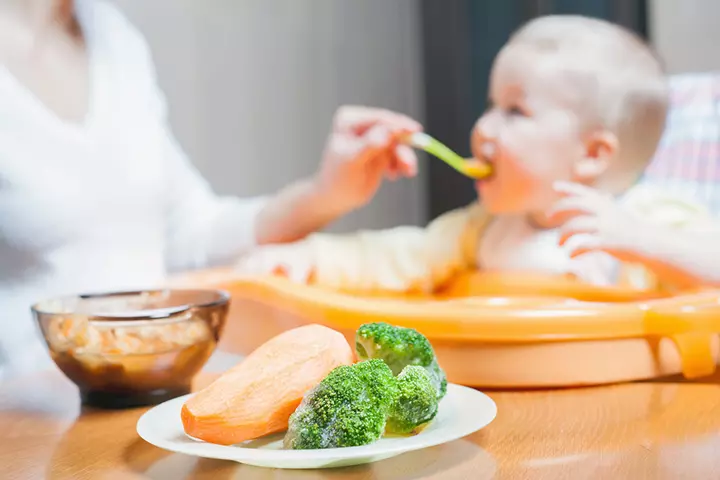
- Veggies provide vital vitamins, minerals, and fiber that support healthy growth and digestion in babies. Plus, it makes your baby’s palate diverse with different types of dishes.
- Mashed foods like mashed potatoes to boiled carrots- veggies are an absolute must when it comes to weaning your baby off breast milk. Make sure you wash the veggies thoroughly, and choose organic veggies as opposed to the regular ones- they’re free from toxic chemicals and pesticides.
 Quick tip
Quick tip4. Soups:
- Clear vegetable soups make for a complete meal for the baby. They’re basically water, which means your baby will be well hydrated, and also pack in the nutrition and ‘solid’ content from veggies.
- Also, they are easy to digest and offer a smooth texture for babies to eat easily.
5. Legumes:
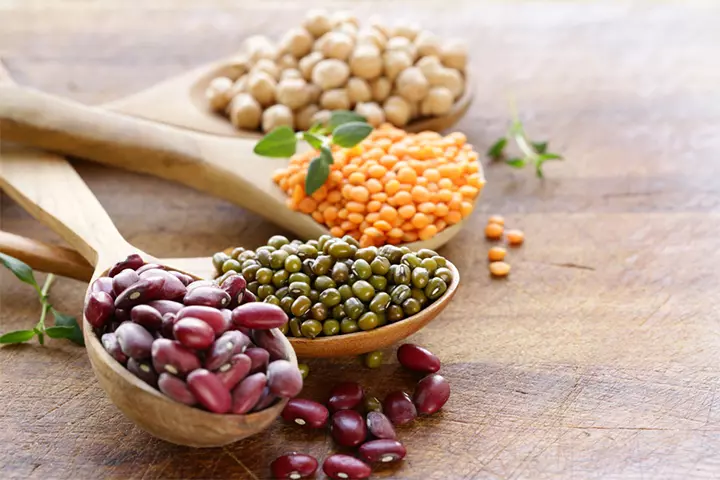
- Legumes are packed with proteins, which are yet another power-packed weaning option for kids. A small helping of mashed, boiled legumes, seasoned lightly can be given to your kid occasionally.
- Different types of legumes also help introduce new textures and flavors to babies.
6. Water:
- Surprised? Don’t be. Now that your baby takes solid food, it’s time to introduce water, too, to make sure your kid is well hydrated throughout the day. Water also helps detoxify your baby’s body.
- Additionally, drinking enough water promotes digestion and prevents constipation in babies as they move to solid foods.
7. Greens:
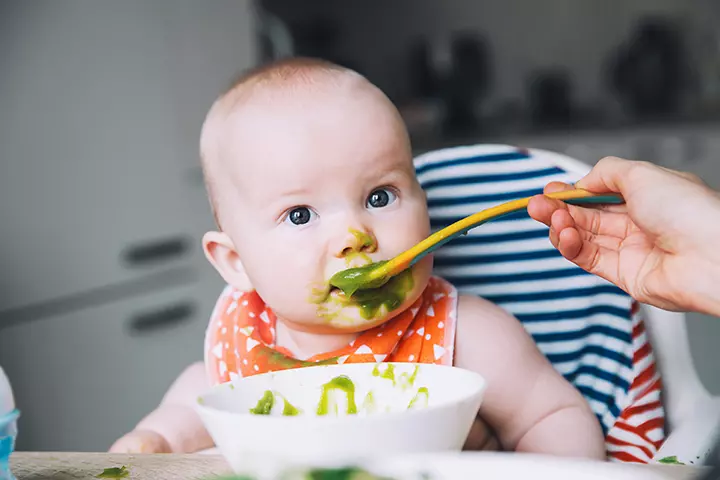
- Green leafy vegetables are iron-rich foods packed with other mineral salts that your baby needs to keep his body functioning at the optimum level. You can boil green leafy veggies like spinach, pea leaves and others, mash them into a paste, season them lightly, and feed them to your kid every once in a few days.
8. Cooked Foods:
- If you notice your baby’s taking his weaning period well, you can also start introducing him to cooked foods like daal and rice and other light rice dishes. It is best to consult a nutritionist or a pediatrician to make sure of which foods are okay to be included in your kid’s weaning diet.
9. Eggs:

- It’s best to rule out the risk of any allergic reactions before you start introducing your little one to eggs (5). Eggs are packed with protein and important vitamins that ensure proper bone health for your kid. What’s best, they are amazingly versatile. Look for eggs fortified with the much-needed nutrient, omega-3 fatty acids.
- You can feed your baby mashed boiled egg in small quantities at first. You can also prepare well-cooked scrambled eggs or hard-boiled eggs mashed with a bit of breast milk, formula, or water to feed your baby.
10. Animal Proteins:
- Save this one for the last- animal proteins are good for your baby in many ways, but its best to check with your pediatrician before starting on this one for your tiny tot. If your pediatrician does give you a nod, make sure you opt for fresh cuts instead of processed, cured meats.
- Meat not only provides protein, but also offers iron, vitamins, and other essential nutrients that support baby’s development.
- You can start with soft, well-cooked meats, like chicken or fish, and prepare them in a finely mashed or pureed form for easy feeding.
Prepacked baby food or purees have a soft texture and come in various different tastes. For added nutrition, you can also try adding water or formula to a bowl of prepacked iron-fortified foods like cereals.
Frequently Asked Questions
1. How do I introduce my baby to baby-led weaning?
Baby-led weaning may start around six months. It is when your baby can grasp food and bring it to their mouth. The aim is to let your baby choose various food options and feed them by themselves. Seat your baby on a high chair facing a table so that the hands and arms can move freely. Offer soft sticks and pieces of food such as cooked vegetables, soft foods including banana or avocado, and pasta (6).
2. What foods should weaning babies avoid?
Avoid food items that require chewing, or that can be a choking hazard. They include hot dogs and meat sticks, nuts and seeds, meat chunks, cheese, fruits, peanut butter, whole grapes, popcorn, processed foods, and raw vegetables for babies (2).
3. What are the three stages of weaning?
Weaning may be divided into three stages (7):
- Stage one: Around 6 months where you can introduce solid foods in well-cooked or pureed forms
- Stage two: 6 to 9 months, add more textures and tastes in the form of thicker purees and soft finger foods
- Stage three: 9 to 12 months, include wider variety and start family food.
4. Do doctors recommend baby-led weaning?
Baby-led weaning is not much practiced in the US, whereas it is recommended in the UK, Australia, and New Zealand (8).
5. How many times a day should I feed my baby solid foods?
A weaning baby between six and eight months of age who still consumes breast milk in small quantities can be fed two to three half-cups of solid foods in a day. Once the baby is between nine and eleven months, you may feed three to four half-cups of solid food in a day. However, if the baby is not breastfed, they may need an additional half-cup of food in the day above the recommended quantity (9).
6. How to cut foods for baby-led weaning?
You can begin by giving your baby shredded boiled veggies like carrots and red bell peppers. As your baby’s pincer grasp develops, you may cut the food into small, thin, finger-sized pieces so the baby can comfortably hold and eat them independently. You can also give your baby food cut into bite-sized pieces. However, the pieces are not too small or round (10). Also, abstain from serving your baby small foods like cherry tomatoes or grapes for self-feeding, as they are potential choking hazards (11).
7. Does baby-led weaning increase the chances of choking?
Weaning your baby becomes easier if you understand the right time and food to start the process. Although it is recommended to begin the process after six months, you may start introducing baby weaning food when they show signs of weaning. However, before beginning, you must know about the foods to avoid and include in your baby’s diet for their healthy growth and development. Remember, each baby is different, and the type of food they should consume may vary depending on their health and any underlying conditions. So consult a doctor before the transition to avoid any adverse reactions.
Infographic: Weaning Recipes For Babies
Creating new and healthy recipes for your baby’s weaning process can be a daunting task, especially when trying to balance the nutritional needs of your little one with their taste preferences. This infographic offers a list of interesting options for you to try, making the process of coming up with new recipe ideas less tedious.

Illustration: Momjunction Design Team
Illustration: Top 10 Healthy Baby Weaning Foods And How To Start Them

Image: Dall·E/MomJunction Design Team
Watch this video for valuable guidance and advice on baby weaning. Find tips to help you through this exciting stage of your baby’s development.
Personal Experience: Sources
MomJunction articles include first-hand experiences to provide you with better insights through real-life narratives. Here are the sources of personal accounts referenced in this article.
i. Things I learnt about baby-led weaning.https://medium.com/@melimelo/things-i-learnt-about-baby-led-weaning-8b619f5be06b
References
- Starting Baby on Solid Food.
https://www.longwoodpeds.com/patient-education/nutrition/starting-baby-solid-food - Starting Solid Foods.
https://www.healthychildren.org/English/ages-stages/baby/feeding-nutrition/Pages/Starting-Solid-Foods.aspx - About Feeding From a Bottle.
https://www.cdc.gov/infant-toddler-nutrition/bottle-feeding/?CDC_AAref_Val=https://www.cdc.gov/nutrition/InfantandToddlerNutrition/bottle-feeding/index.html - Starting solids for preterm babies.
https://www.health.qld.gov.au/__data/assets/pdf_file/0024/650805/paed_preterm_solids.pdf - Egg Allergy.
https://kidshealth.org/en/kids/egg-allergy.html - Baby-led weaning: pros and cons.
https://www.nct.org.uk/information/baby-toddler/feeding-your-baby-or-toddler/baby-led-weaning-pros-and-cons - Stages of weaning.
https://www2.hse.ie/babies-children/weaning-eating/weaning/stages/ - Baby-led weaning: a good idea or
https://publications.aap.org/journal-blogs/blog/2045?autologincheck=redirected - Feeding your baby at 6- 12 months.
https://www.unicef.org/parenting/food-nutrition/feeding-your-baby-6-12-months - Baby-Led Weaning: What You Need to Know.
https://health.clevelandclinic.org/baby-led-weaning - Baby-Led Weaning Policy.
https://www.blueridgemontessorischool.org/babyledweaning - Research shows baby-led weaning is not associated with an increased risk of choking
https://laleche.org.uk/new-research-shows-baby-led-weaning-not-associated-increased-risk-choking/?fbclid=IwZXh0bgNhZW0CMTEAAR0aWP4TtVtez3TXUu7IGvN6tmnU_Y1onIIR1AZW3ckX3aprsXJ20zp5LBM_aem_ecl7v1kstd9l24e-pc5xsQ - Weaning From Breastfeeding.
https://www.cdc.gov/infant-toddler-nutrition/breastfeeding/weaning.html?CDC_AAref_Val=https://www.cdc.gov/nutrition/infantandtoddlernutrition/breastfeeding/weaning.html - What to feed your baby
https://www.nhs.uk/start-for-life/baby/weaning/what-to-feed-your-baby/from-around-6-months/
Community Experiences
Join the conversation and become a part of our nurturing community! Share your stories, experiences, and insights to connect with fellow parents.
Read full bio of Dr. Priya Thomas
- Alex Evik is a registered dietitian with 13 years of experience working in hospitals and nursing homes. She completed her graduation in dietetics at Michigan State University and masters at West Virginia University. Alex is currently associated with Michigan Kidney Consultants.
 Alex Evik is a registered dietitian with 13 years of experience working in hospitals and nursing homes. She completed her graduation in dietetics at Michigan State University and masters at West Virginia University. Alex is currently associated with Michigan Kidney Consultants.
Alex Evik is a registered dietitian with 13 years of experience working in hospitals and nursing homes. She completed her graduation in dietetics at Michigan State University and masters at West Virginia University. Alex is currently associated with Michigan Kidney Consultants.
Read full bio of Jessica Albert
Read full bio of Swati Patwal
Read full bio of Vidya Tadapatri










